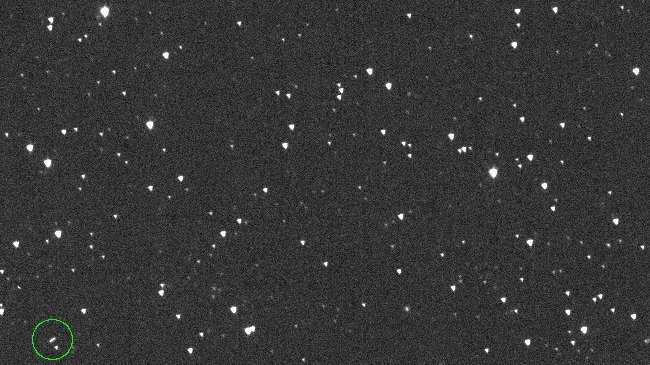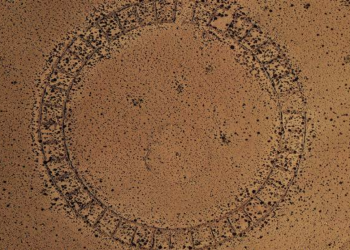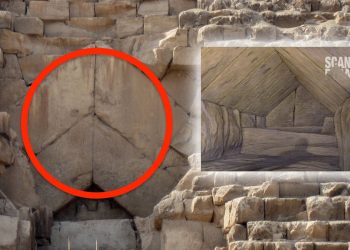A newly discovered asteroid, 2024 YR4, is speeding through space, and while it poses no immediate threat, astronomers are keeping a close eye on its trajectory. Recent NASA calculations suggest a slight increase in the probability of impact with Earth in 2032—though the risk remains low.
What Do We Know About 2024 YR4?
On December 27, 2024, the ATLAS telescope in Chile, part of NASA’s planetary defense program, captured footage of 2024 YR4 as it moved through the night sky. Just two days earlier, on December 25, the asteroid had made one of its closest approaches to Earth.
Estimates place its size between 40 and 90 meters in diameter—large enough to cause significant damage if it were to collide with our planet.
Should We Be Worried?
Initially, the asteroid’s chances of impact were estimated at 1.2%, but new observations have increased that probability to 2.3%—roughly 1 in 43. While this may sound concerning, it also means there’s still a 97.7% chance that the asteroid will safely miss Earth.
NASA’s planetary defense team is continuing to track YR4, and based on past cases, it is likely that further observations will reduce the risk to zero.
What Would Happen If It Did Hit?
If 2024 YR4 were to collide with Earth, it could release around 8 megatons of energy—comparable to 500 times the force of the Hiroshima atomic bomb. The potential impact area, known as the “risk corridor,” stretches across the eastern Pacific Ocean, northern South America, the Atlantic Ocean, Africa, the Arabian Sea, and South Asia.
However, the exact location cannot be determined at this stage, and ongoing observations will refine these calculations.
What’s Next?
In March, the James Webb Space Telescope will take a closer look at YR4 to refine estimates of its size, composition, and trajectory. Observations will continue through April, after which the asteroid will become too faint to track until 2028.
Currently, 2024 YR4 is the only known asteroid with an impact probability above 1% in the near future. If its trajectory remains uncertain, planetary defense experts could explore potential deflection strategies.
For now, scientists will continue monitoring its path, providing updates as new data becomes available.











